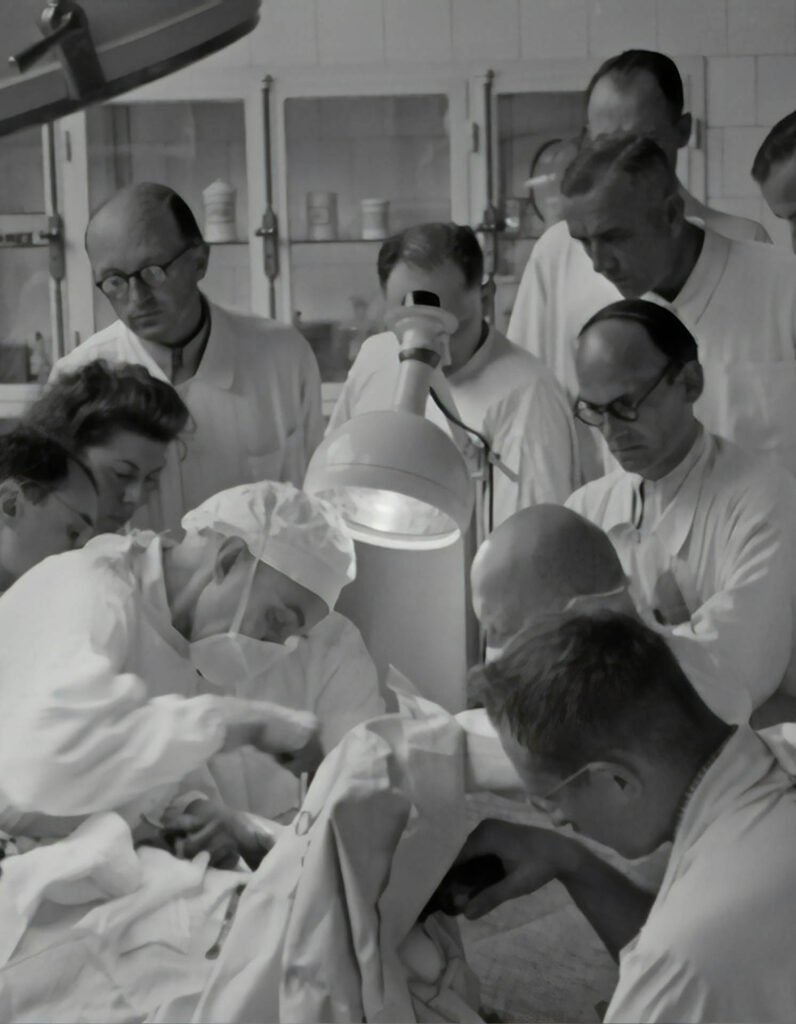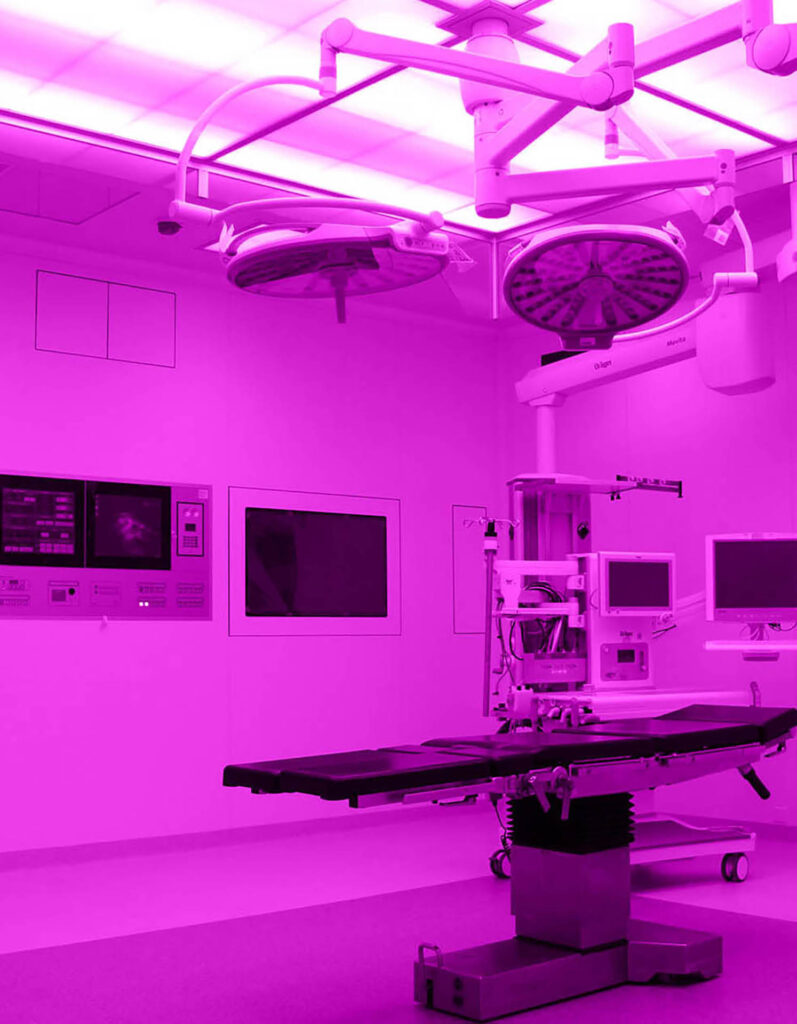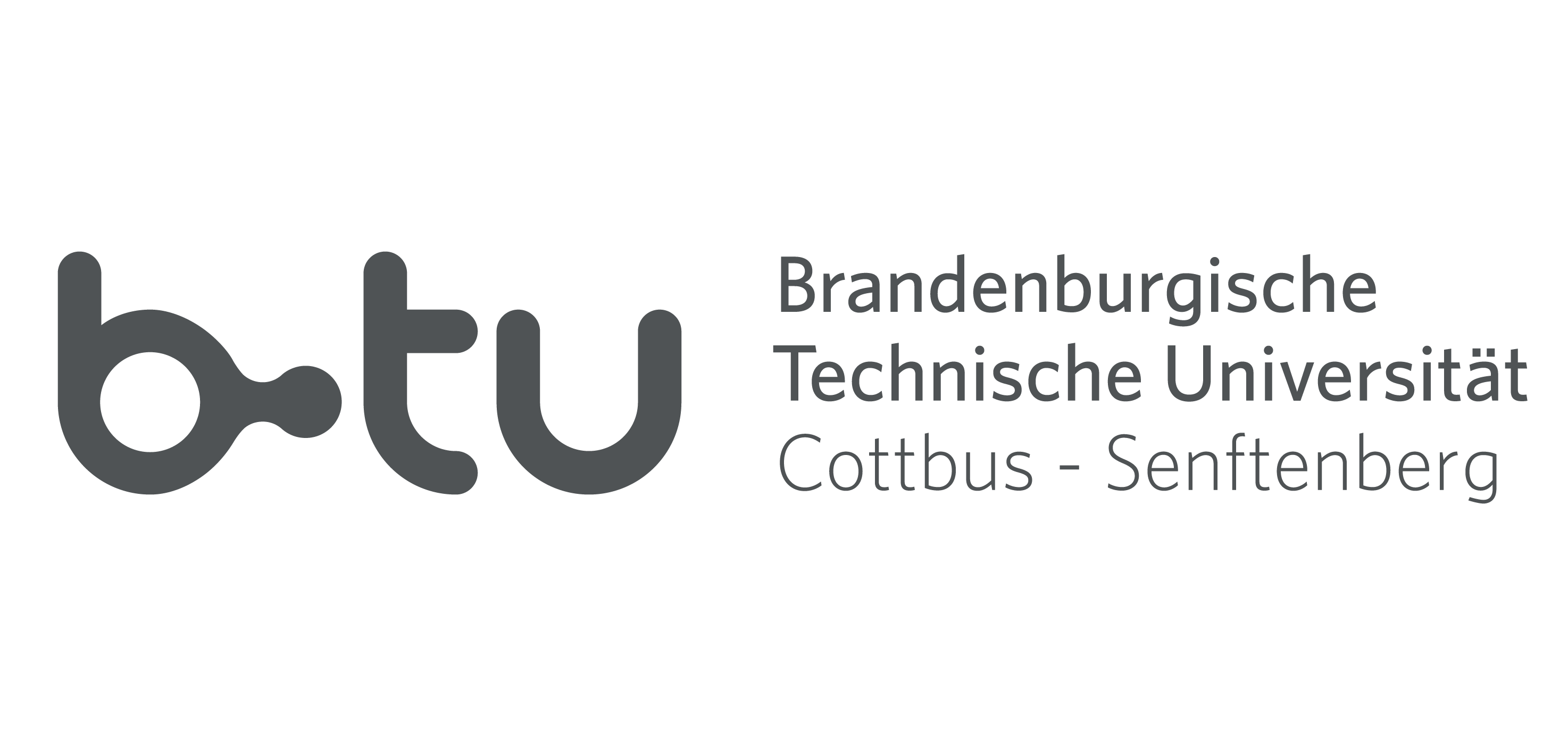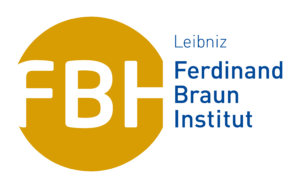

Around 125 years ago, Röntgen was honored with the Nobel Prize, which set the development of modern medical diagnostic procedures in motion. Today’s optical procedures are often less harmful to patients and provide much more detailed imaging. If you look at an operating room today, you will notice the wide range of technical devices that significantly support the surgeon’s work. Optical and acoustic procedures such as ultrasound, for example, allow tissue types and various tissue layers to be “x-rayed” and made visible to us on monitors.
Workflows in the operating theater, diagnostic procedures and medical care for the rural population will continue to evolve in the future. Autonomous robots, innovative and improved medical devices will alleviate the shortage of specialists and help to identify and treat illnesses more quickly, more specifically and more accurately.
We want to help find medical solutions that can increase efficiency in the prevention, diagnosis and treatment of patients, not only in urban hospitals but also on the move in doctors’ surgeries and for the safe care of the rural population. In our opinion, smart, non-invasive and easy-to-use sensor systems can make a significant contribution to this.
Affordable and available healthcare can sustainably reform and improve the healthcare system through technical innovations and the use of artificial intelligence.
Die Forschung auf diesem Gebiet ist hoch innovativ und das OASYS Projekt setzt schon heute auf interdisziplinäre Kooperation zwischen verschiedensten Spezialisten, wie Medizinern, Geräteherstellern, Ingenieurinnen und Wissenschaftlerinnen. Mit gebündelter Kompetenzen kann man mehr erreichen.
There is a great need for sensory products that collect, analyze and evaluate data on body chemistry quickly and precisely. Systems medicine is essential in order to better understand the mechanisms of certain diseases and to derive individual prevention and treatment options. Personalized medicine means understanding molecular life processes in cells and organisms even better and using medical informatics to develop solutions by linking data from clinical treatment and biomedical research.



